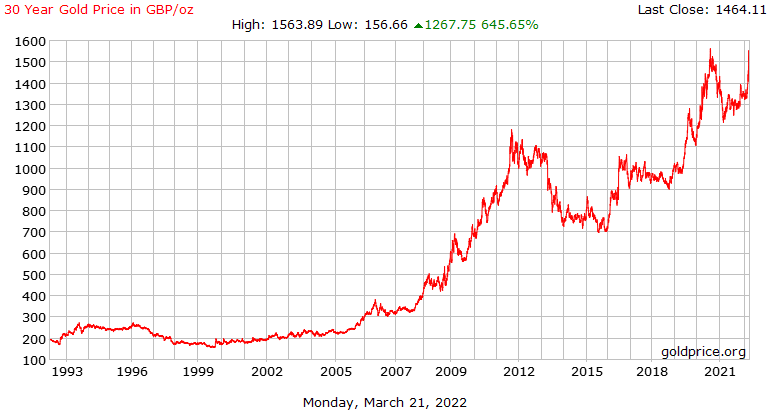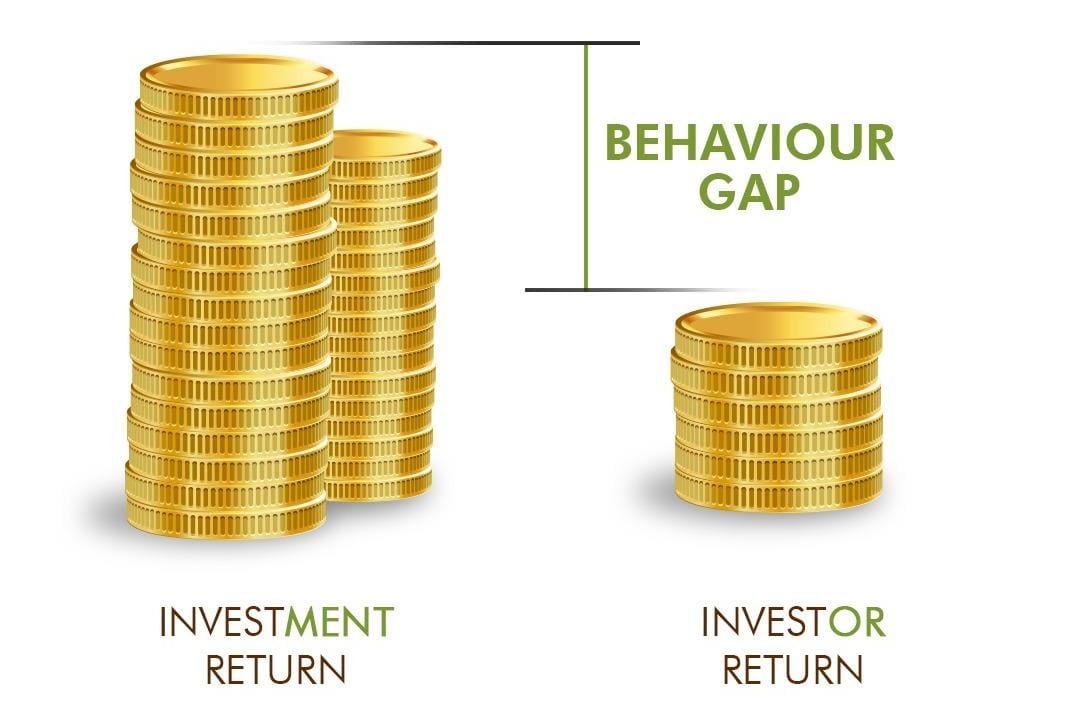When it comes to making investments, the Covid-19 pandemic has been a game-changer. The accompanying uncertainty compelled people to restructure their financial portfolios to achieve long-term security. With this backdrop, gold emerged as an attractive investment option in recent times.
Why Gold?
Gold is seen as a hedge against inflation and also against any political or economic crisis or disruptions. Being a safe asset, gold is seen as an attractive investment option when the markets are under pressure and there is uncertainty. It is important to understand why this is so. Gold is a real asset, it is limited in supply and has cultural value in most societies. With rising prosperity, the demand for gold continues to rise, and this demand keeps the prices higher. Everyone assumes that the price of gold will only rise in the future. On the other hand, when inflation is high, people are fearful of equity markets being expensive and gold performs well during such times. During high inflation, investors also tend to get more attracted to gold as fixed income assets become less attractive to long-term investors. A study by World Gold Council notes that for every 1% rise in inflation, Indian gold demand spikes by 2.6%. Gold offsets inflation as the rise in the price of gold is usually higher than inflation.
HANDLING VOLATILITY IN MARKETS https://ghanchiinvest.com/investors-reacting-response-market-movement-correction/
Challenges with gold Jewellery
The love for gold by Indians is famous as the private gold holdings of Indians is the highest in the world. In 2017, the World Gold Council estimated that Indian households own some 24,000 metric tons of gold. It can be anywhere between $1.5 to $2 trillion at today’s price and largely sums up the jewellery that families inherit or are gifted at weddings. However, having physical gold carries a high risk and comes at a great cost. Here are the things we need to be wary of.
Purity The question of purity of gold arises every time one goes out to buy gold from their local jeweller. It was a big problem till the arrival of big brands where you get certified hallmark gold. However, in all the other cases, it only boils down to how much you trust the seller and you can only hope you get what you pay for.
Security Keeping gold at home is a big worry for most of us. There are risks of theft, loss or damage to the gold. Usually, gold at home is used rarely at events. Keeping it at home thus has risks and safe storage costs.
Wastage/Making charges While making any gold ornament, there is typically some wastage, making and labour charges. Its expressed as a percentage of the gold by traditional jewellers in India. It may vary from around 3% to even over 25%. Some jewellers may break this up and charge separately.
Reselling cost When you sell gold jewellery, the money you receive often tends to be much lower than expected. There is always a difference between the buying price and the selling price at your local jeweller. In addition, you won’t be able to recover the making charges when you resell your jewellery. Selling gold is a hassle as you may need to find the right shop to sell. The absence of the original invoices and certificates too can cost you money.
Over the past 10, 20 & 30 years, the returns delivered are around 5.5%, 12.5% and 8.7% respectively. As seen, gold over the past decade has just about managed to beat inflation. Against this, BSE Sensex has delivered around 11.9%, 14.6% and 10.2% for the past 10, 20 and 30 years respectively. Gold has had its period of stagnant, negative and attractive returns and hence, nothing is guaranteed. Further, these prices are just the market prices and independent of the risks, costs and charges associated with physical gold, as discussed above.
Below is the graph showing the historical price trend for 10 gm gold.

All the gold that Indians hold privately is locked up and has no economic value or contribution to the nation. Policymakers in India have long tried to monetise this high holding but have failed. Governments have tried to dissuade people from buying physical gold by imposing duties. The Sovereign Gold Bonds (SGB) is also an attempt by policymakers to divert people to buy gold bonds instead of physical gold. SGBs is like a digital alternative to physical gold issued by the Government of India. The SGBs also eliminate several risks and costs associated with physical gold that we discussed above.
The government has further made SGBS attractive for individual investors. Here are the key features of the same.
- With SGBs, investors can earn interest every year of 2.5%.
- There is no capital gains tax for individuals if held till maturity. The indexation benefits are available for long term capital gains on the transfer of the bond.
- While the tenure of SGBs is of eight years, there is an option to exit after the fifth year.
- Investors will get a holding certificate as proof of investment.
- The investment limit for individuals is between a minimum of 1 gram and a maximum of 4 kgs.
- The SGBs are tradable on stock exchanges within a fortnight of the issuance on a date.
What is Asset Allocation? https://ghanchiinvest.com/asset-allocation-asset-class/
Gold can be considered as an asset class by investors looking to diversify their portfolios. Other than cultural and emotional reasons where you are keen on buying physical gold, buying digital gold in the form of SGB should be the preferred option. SGB is a better substitute for physical gold when it comes purely to investment purposes. SGBs offer an almost guarantee of realisation of the market price without any cuts. They also offer the convenience of online transacting and tracking, along with the pride of owning gold. Any investment and asset allocation decision should be purely based on your overall financial needs and risk profile. Wondering how to start, reach us at chandrakant@ghanchiinvest.com or call at +9820926446 / +91 7977061717. For other financial and Investment planning check our section here





